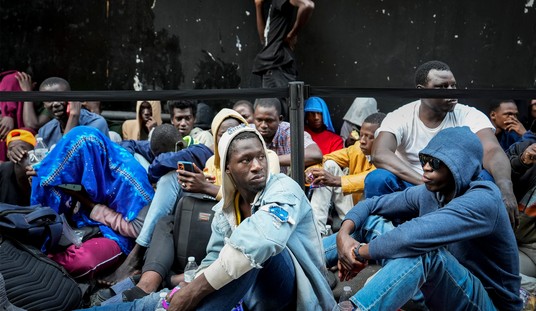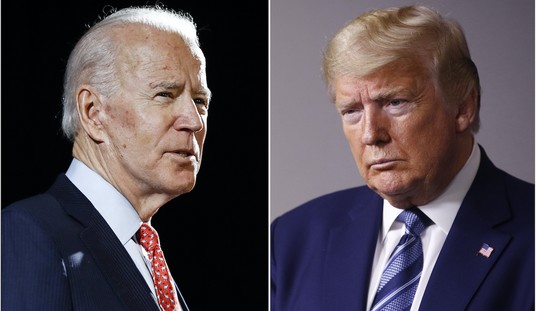The sea swelled, the rain came down in torrents, but the skies were clear. Sixty-five years ago, when the first men of the 29th Infantry Division waded onto Omaha Beach, they faced terrible resistance – crack German troops, mines, mortars and artillery. There was, however, one vital element that was blessedly missing. There were no German airplanes flying above them on D-Day.

This did not happen by chance. It had been planned long before – at the very start of the war – and it came at a terrible price. Just two years earlier, the Luftwaffe was the strongest and most experienced air force in the world. If the German Air Force had been even a fraction of its former self on D-Day, it could have turned the tide of the battle. But in a fateful decision shortly after Pearl Harbor, the military command in Washington decided they would sacrifice tens of thousands of young Americans as cannon fodder to whittle down the German Air Force and give the Allies time to build up their land forces. In all, upwards of 60,000 Americans would lose their lives in the struggle for the air.
When the U.S. found itself suddenly at war on December 7, 1941, even though it had ample warning, it had no Army, no Air Force and most of its Pacific fleet lay at the bottom of Pearl Harbor. It would take two years to train the troops and build the equipment necessary to defeat the Axis powers. But with two great oceans protecting the United States, the War Department understood the nation was safe from enemy bombs and decided to put its bombers up against the Germans long before its army fired a shot.
Recommended
The experience of Curtis LeMay, a little known pilot in the Army Air Force, who had been a lieutenant less than two years before, illustrates just how unprepared the United States was when it entered the war. In early 1942, LeMay was suddenly placed in charge of a about 1,000 young recruits who would make up the crews and maintenance staff for the 305th bombardment group consisting of 35 B-17 bombers. LeMay found himself on a barren landing strip in Utah that had no buildings, no cooks and no support staff. None of his pilots knew how to fly the powerful B-17s having just been trained only on small, single-engine planes. Most of them were teen agers who had been sitting in classrooms or on tractors just a couple of months earlier. To complicate matters, LeMay was given only three B-17s to train his 35 crews. There just weren’t any more to go around.
LeMay understood that in spite of having almost nothing to work with, these crews would soon be facing a vastly superior enemy. He organized a merciless, 24-hour schedule. There were only three men, including LeMay, who could even teach the green crews how to fly the planes, navigate, bomb and shoot their machine guns. After just a few months, the 305th Bomber Group headed to England. The pilots actually had to wait at factories in Kansas and Nebraska for their planes to come off the assembly line. LeMay was worried all 35 planes would even make it across the Atlantic. They did.
Nazi German was at the height of its power in 1942 – it controlled the entire continent of Europe and was half-way across the Soviet Union when these young American flyers went up against them. Over the next two years, these two air forces fought epic battles with hundreds of planes in the air. On some missions, as many as 60 B-17s would go down. With ten men in a crew, that meant 600 airmen were lost. The odds of anyone making it to the 25th mission were small and the airmen understood that. Still they kept going back up every day. The men of the U.S. Army Air Forces in Europe suffered a higher casualty rate than the marines in the Pacific. LeMay would become perhaps the most brilliant commander of the war designing ingenious strategies. But even after he was promoted to general (at the age of 36) he insisted on flying the lead bomber on every dangerous mission because he understood that was the best way to get his crews to go up against the impossible odds they faced.
What the senior staff in the Pentagon understood was that the U.S. had a much greater industrial capacity to replace the planes and train new crews than the Germans. It became a deadly war of attrition, but by the time of the invasion, it was the Allies that ruled the skies. By June 6, 1944, those early B-17 crews and their fighter escorts had done their work.
It is hard for us to grasp the concept of a world war today – not just two or three nations fighting, but practically every country, every man and every resource devoted to the conflict. We tend to think that a war of that scale cannot turn on the actions of a single individual. Men like Curtis LeMay prove that wrong.

























Join the conversation as a VIP Member